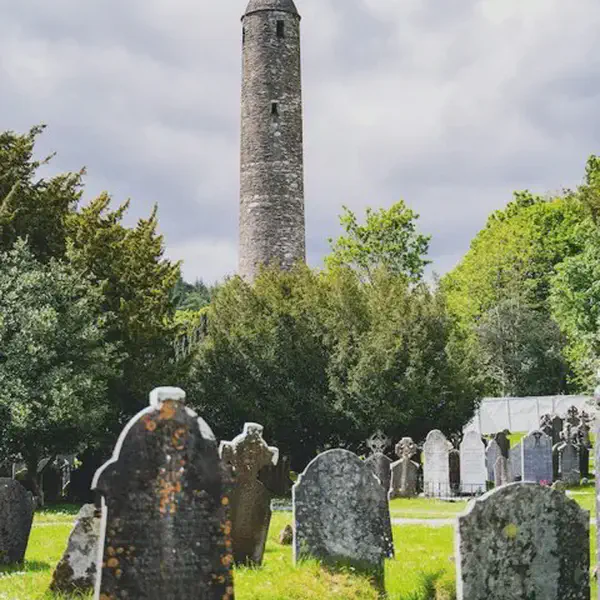
Robert Fergusson, Scottish Poet, Born.
September 05, 1750
Robert Fergusson (September 05, 1750 - October 16, 1774), Scottish poet, son of Sir William Fergusson, a clerk in the British Linen Company, was born at Edinburgh.
Robert was educated at the grammar school of Dundee, and at the University of St Andrews, where he matriculated in 1765. His father died while he was still at college; but a bursary enabled him to complete his four years of study. He refused to study for the church, and was too nervous to study medicine as his friends wished. He quarrelled with his uncle, John Forbes of Round Lichnot, Aberdeenshire, and returned to Edinburgh, where he obtained employment as copying clerk in a lawyers office. In this occupation he passed the remainder of his life. While at college he had written a clever elegy on Dr David Gregory, and in 1771 he began to contribute verses regularly to Ruddimans Weekly Magazine.
He was a member of the Cape Club, celebrated by him in his poem of Auld Reekie. The Knights of the Cape assembled at a tavern in Craigs Close, in the vicinity of the Cross; each member had a name and character assigned to him, which he was required to maintain at all gatherings of the order. David Herd (1732-1810), the collector of the classic edition of Ancient and Modern Scottish Songs (1776), was sovereign of the Cape (in which he was known as Sir Scrape) when Fergusson was dubbed a knight of the order, with the title of Sir Precentor, in allusion to his fine voice. Alexander Runciman, the historical painter, his pupil Jacob More, and Sir Henry Raeburn were all members. The old minute books of the club abound with pencilled sketches by them, one of the most interesting of which, ascribed to Runcimans pencil, is a sketch of Fergusson in his character of Sir Precentor.
Fergussons gaiety and wit made him an entertaining companion, and he indulged too freely in the convivial habits of the time. After a meeting with John Brown of Haddington he became, however, very serious, and would read nothing but his Bible. A fall by which his head was severely injured aggravated symptoms of mental aberration which had begun to show themselves; and after about two months confinement in the old Darien House–then the only public asylum in Edinburgh–the poet died.
Fergussons poems were collected in the year before his death. The influence of his writings on Robert Burns is undoubted. His Leith Races unquestionably supplied the model for the Holy Fair. Not only is the stanza the same, but the Mirth who plays the part of conductor to Fergusson, and the Fun who renders a like service to Burns, are manifestly conceived on the same model. The Mutual Complaint of Plainstanes and Causey probably suggested The Brigs of Ayr; On seeing a Butterfly in the Street has reflections in it which strikingly correspond with To a Mouse; and a comparison of The Farmers Ingle of the elder poet with The Cottars Saturday Night shows the influence of the city-bred poet on that picture of homely peasant life. Burns was the first to pay tribute to the merits of Fergusson; on his visit to Edinburgh in 1787 he sought out the poets grave, and petitioned the authorities of the Canongate burying-ground for permission to erect the memorial stone which is preserved in the existing monument. The date there assigned for his birth differs from the one given above, which rests on the authority of his younger sister Margaret.
The first edition of Fergussons poems was published by Ruddiman at Edinburgh in 1773, and a supplement containing additional poems, in 1779. A second edition appeared in 1785. There are later editions, by Robert Chambers (1850) and Dr AB Grosart (1851). A life of Fergusson is included in Dr David Irvings Lives of the Scottish Poets, and in Robert Chamberss Lives of Illustrious and Distinguished Scotsmen.